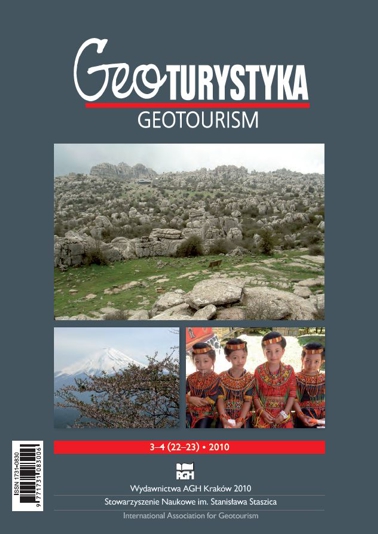Torcal de Antequera – stony town from Andalucia
DOI:
https://doi.org/10.7494/geotour.2010.22-23.65Keywords:
Spain, Andalusia, Torcal de Antequera, Jurassic limestones, karst, landscape protection, lithophytesAbstract
The Torcal de Antequera is one of the best-preserved karst landscapes in Europe developed in Jurassic, oolithic, brecciated and detrital limestones. The rock formation is wellbedded and cut by a dense, regular fracture system. A relatively small area (20 km2) comprises four distinct geomorphological zones. At the surface visitors can recognize a variety of landforms produced by water and wind erosion whereas underground there exists a labirynth of karst forms: deep shafts, meandering galleries and huge caves. Since 1978 the Torcal de Antequera has been protected as a Natural Park and since 1989 it has become a Nature Site. The park combines a collection of remarkable geological valours and an exceptional biodiversity.Downloads
References
Bañares, Á., Blanca, G., Güemes, J., Moeno, J.C., Ortiz, S. 2008. Atlas y Libro Rojo de la Flora Vascular Amenazada de España. Adenda.
Garcia Guardia, A., 1989. Andalucia. Guia de la naturaleza, Leon.
Martin-Algarra, A., 1987. Evolución geologica alpina del contacto entre las zonas internas y las zonas externas de la Cordillera Bética (sector central y occidental). PhD Thesis, University of Granada (unpublished).
Navés Viñas, F., 2005. Arqitectura del Pajsaje Naural. Ediciones Omega, S.A.
Villalobos Megia, M., Pérez Muñoz, A.B., 2007. Geodiversity and geological heritage of Andalusia. Regional Ministry of Environment. Junta de Andalucia, s. 326.
Downloads
Issue
Section
License

The content of the journal is freely available according to the Creative Commons License Attribution 4.0 International (CC BY 4.0).


